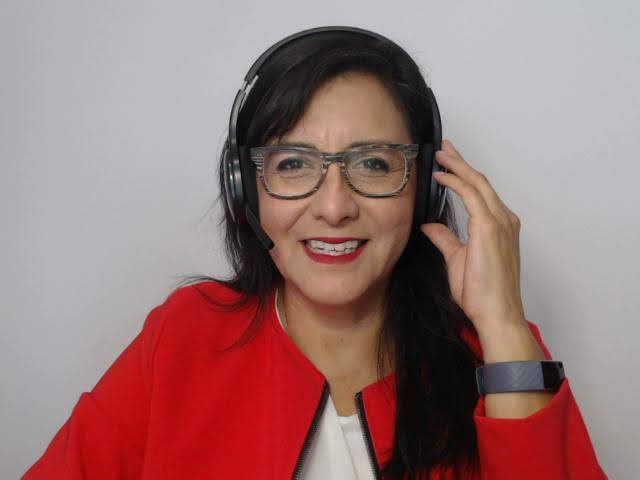Five ways you can change your self-talk language (and learn English)
- The English Coach

- Nov 9, 2022
- 2 min read

Have you ever noticed how you speak to yourself?
Stop and think about the words you use when you do something wrong or work below your standards. What do you think when someone pays you a compliment?
It is important to remember that the thoughts you tell yourself at these moments become your reality, which can affect your thinking.
The more we tell ourselves something, the more true it feels. We start to reinforce the language and even go out of our way to find evidence to support its use.
A basic understanding of the language of the country you work with or love to visit is considered a natural and enjoyable activity.
So, why do some of us resist learning a new self-language? A mindset language to support our hopes, encourage our growth and allow us to be open to learning from feedback sounds like a win-win. Yet despite this, letting go of that old language and embracing a new one is often low on our list of priorities.
Here are the first steps that can help you create a new self-talk vocabulary:
1. Get a vocabulary book
Remember learning a new language at school? We were given a little book to write new vocabulary in each lesson. We needed to learn these words to expand our ability to communicate in this new language. And there were tests every week to ensure we’d learned them and could use them correctly. Start your own mindset vocabulary book and a list of new languages to replace the negative words you’re telling yourself.
2. Take it one key phrase at a time
You’ll want to start with something you say to yourself regularly. This will give you the most chance of using the replacement phrase. As your first new phrase, try "thank you" if you find it hard to accept compliments and usually respond with negative remarks. If anyone compliments you on your work or appearance, you only respond with the word 'thank you.'
3. Challenge your use of your old language, preferably out loud
I have been known to stand in the bathroom and talk to myself in the mirror: “Really? We’re going to have this conversation again, are we?” I ask myself. And yes, it does make me laugh a little. The key point is that it interrupts my routine way of talking to myself and leads to a different outcome in which I can choose to speak differently.
4. Ask someone to learn your new language with you
A great way to keep the momentum going is to tell someone you trust that you're learning a new language. A good accountability buddy will push you out of your comfort zone and remind you why you're learning a new way of talking to yourself.
5. Acknowledge how well you’re doing
It’s important to notice the progress every day. One step per day is enough to change the long-term habits we have created around self-talk. Celebrate that daily step, and start every day by re-celebrating yesterday’s successes.
What will your new language look like?
Where could it take you?
What changes might you be able to make to your self-stories if you used them?



Comments